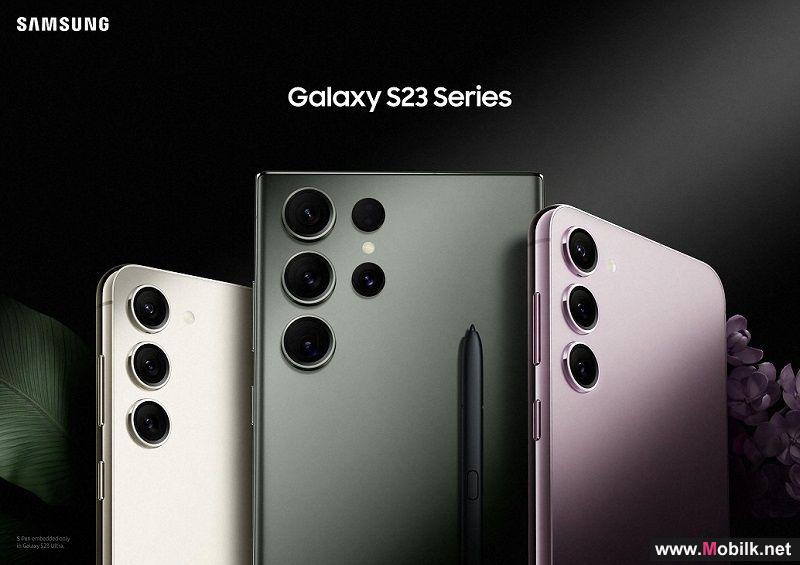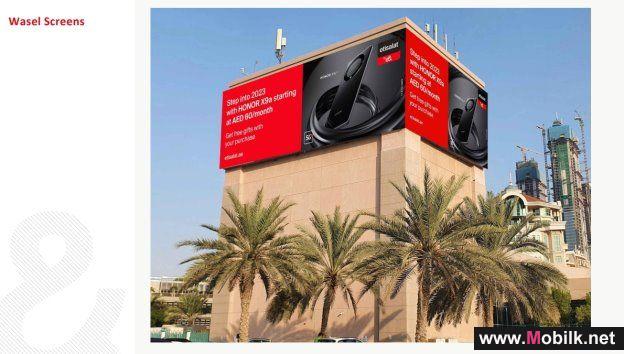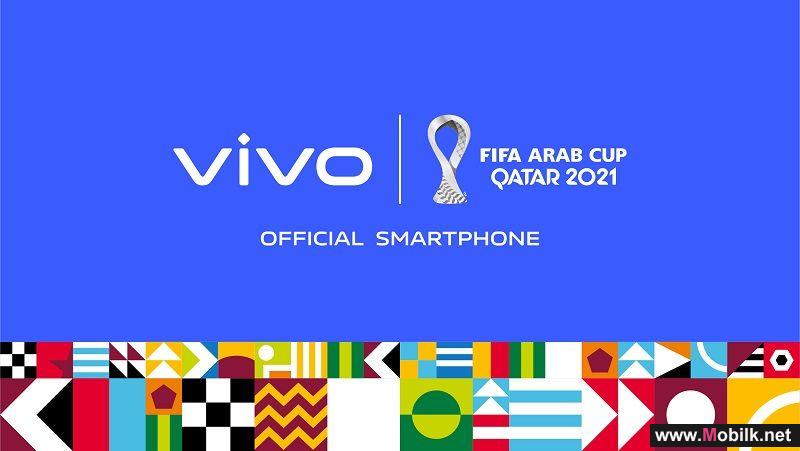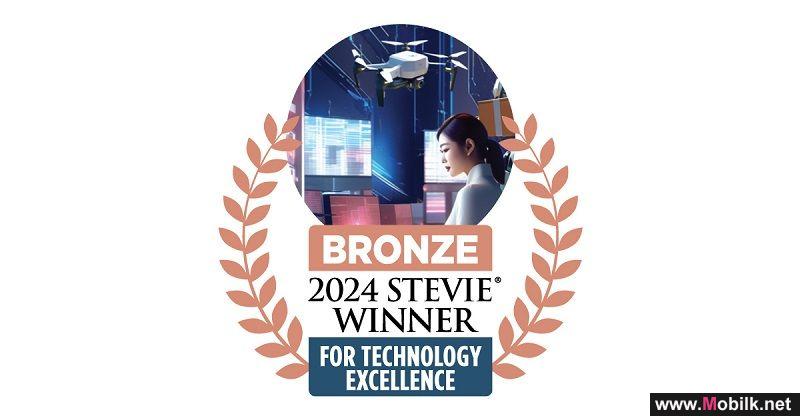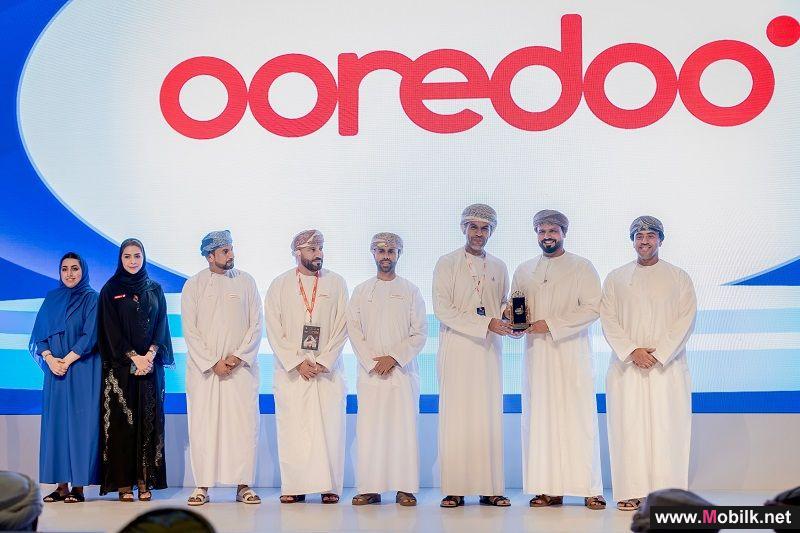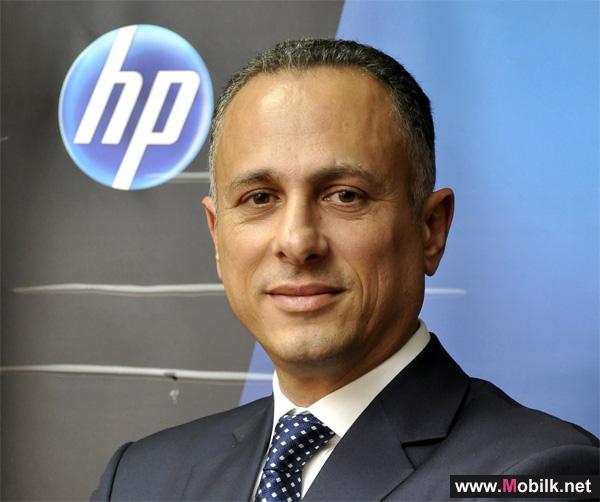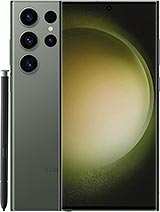HP launches webOS products, but no ecosystem

Comment Hewlett-Packard has unveiled its first major webOS products since it acquired the mobile software platform with Palm last year. It has launched a 9.7-inch tablet, the TouchPad, and two smartphones.
The TouchPad is initially a Wi-Fi only device but a cellular version will follow, HP promised, which may attract more carrier attention. Apart from lack of a 3G connection, the product is positioned in the iPad’s space, though it is not yet clear how far webOS will differentiate it from the tablet crowd.
The platform is heavily geared to modern open development techniques and to browser/cloud models, and HP did announce further enhancements for that approach, outlining release 2.1. But the features touted for the tablet were somewhat similar to those of the iPad and its Android rivals.
The TouchPad has a display with resolution of 1024 x 768, is 13mm thick and comes with front facing camera for video chat, a choice of 16Gbytes or 32Gbytes of built-in memory, support for Flash, and a 1.2GHz dual-core Snapdragon processor. The Qualcomm processor is powerful, but most tablets will be dual-core this year, and the rest of the list does not sound sufficient to put webOS on the map, considering the ground it needs to make up on better established platforms.
As well as the tablet, HP announced two new smartphones, the third generation of the Pre handset, and the compact Veer. The Pre 3 doubles the display resolution of the previous model, adds HD video recording and a front-facing camera. It runs on a 1.4GHz Snapdragon and comes in HSPA+ or CDMA EV-DO versions but not a worldphone, and with a choice of 8Gbytes or 16Gbytes of memory. The phone will ship this summer.
The Veer was positioned as a neat alternative to the increasingly bulky “jumbo phones”, compressing most of the capabilities of the Pre into a smaller package. It has the same slider keyboard and runs HSPA+ with 802.11b/g and Bluetooth 2.1. The Snapdragon is far slower, at 800MHz, and there are 8Gbytes of storage. Both Veer and the Pre family can function as personal hotspots so a 3G connection can be shared between several Wi-Fi devices.
The update to webOS claims no fewer than 50 new features, including voice dialing and improved multitasking, and it will be included in all three new products, and will also be available as a software update for Pre 2 users.
Its highest profile new feature is the addition of interconnectivity between webOS devices to enable information, notifications and browser history to be shared between tablets and handsets. This is where HP could score serious points – not with devices that look like also-rans, but by pushing a common, web-oriented software platform through the whole chain of devices from PCs to phones, supporting multiscreen content and cloud services. And of course, this could link back to where HP really belongs, fighting it out with Cisco and Microsoft for the cloud platforms themselves.
On their own, the tablet and phones may be attractive but they will make as few inroads into Android as the original Palm Pre and that had the weight of a brand that, even two years ago, still had some magic, and a far more impactful, even Apple-style launch and marketing. They have no developer ecosystem and it is unlikely HP will be able to build one, outside a few enterprise niches, in a world where Android, iOS and others fight for developer attention. The firm did announce the requisite apps support for TouchPad, such as Kindle and Skype, but these are must-haves, not differentiators.
To justify its investment in webOS, HP needs to make it a platform that spans all its devices, but also one that can live with more established OSs. Like RIM, it will broaden the appeal of a niche OS by focusing on open web tools, to facilitate multiscreen sharing of apps and to boost the ecosystem rapidly. It could take the approach, also linked to RIM as well as MeeGo, of promoting Java to a more prominent position in a multiplatform strategy, perhaps even harnessing the Dalvik virtual machine.
Or more strategically, it could make webOS a layer on top of other OSs – a modern, browser-oriented approach also seen in Chrome OS. SVP Todd Bradley hinted at this when he said HP would put webOS on its PCs and many other devices, such as printers – but this is far more likely as an overlay for Windows or Linux than as an either/or choice. That would at least get the attention of developers, and follow through on HP’s recent moves to lead the way in converging PC, tablet and netbook formats.
Reports and Studies
HP today announced that it is working with Gulf Air, Bahrain’s national carrier, for the supply and support of their innovative enterprise IT..
Phones & Tablets
HP hosted its premier client event, which gives organizations an opportunity to discover the latest innovations and technology solutions across..
Reports and Studies
HP today unveiled the results from a global study conducted by the Ponemon Institute, indicating that the cost, frequency and time to resolve..

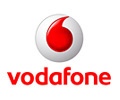 Vodafone Oman
Vodafone Oman Emirates Telecom
Emirates Telecom 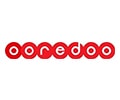 Ooredoo Om
Ooredoo Om Ooredoo Qa
Ooredoo Qa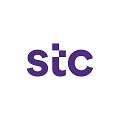 stc Bahrain
stc Bahrain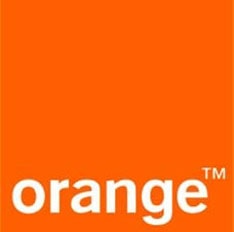 Orange Egypt
Orange Egypt Mobily
Mobily Zain Jo
Zain Jo omantel
omantel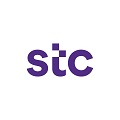 STC
STC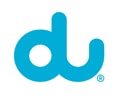 Emirates Du
Emirates Du Asiacell
Asiacell Etisalat Egypt
Etisalat Egypt  Telecom Egypt
Telecom Egypt jawwal
jawwal Orange Jo
Orange Jo Umniah
Umniah Zain Sa
Zain Sa Bahrain Batelco
Bahrain Batelco Zain Bh
Zain Bh Wataniya palestine
Wataniya palestine Kuwait Viva
Kuwait Viva  Zain Kw
Zain Kw Vodafone Qa
Vodafone Qa MTN Syria
MTN Syria Syriatel
Syriatel Sabafon
Sabafon Zain Iq
Zain Iq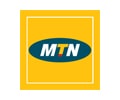 MTN Yemen
MTN Yemen Ooredoo Kw
Ooredoo Kw Vodafone Egypt
Vodafone Egypt  Samatel
Samatel Huawei
Huawei Samsung
Samsung MOTOROLA
MOTOROLA Lenovo
Lenovo Alcatel
Alcatel LG
LG Nokia
Nokia Sony Ericsson
Sony Ericsson HTC
HTC BlackBerry
BlackBerry Siemens
Siemens Acer
Acer Sony
Sony Asus
Asus VK
VK APPLE
APPLE BenQ-Siemens
BenQ-Siemens Sagem
Sagem Eten
Eten HP
HP Panasonic
Panasonic Amoi
Amoi Toshiba
Toshiba Sharp
Sharp Sonim
Sonim Bird
Bird Mitac
Mitac Philips
Philips Vertu
Vertu Pantech
Pantech Micromax
Micromax Maxon
Maxon Haier
Haier I-mate
I-mate Gigabyte
Gigabyte I-mobile
I-mobile Kyocera
Kyocera BenQ
BenQ Microsoft
Microsoft Telit
Telit Connect
Connect Sendo
Sendo Mitsubishi
Mitsubishi SEWON
SEWON NEC
NEC DELL
DELL Thuraya
Thuraya Neonode
Neonode Be
Be Qtek
Qtek Bosch
Bosch Palm
Palm MWG
MWG Fujitsu Siemens
Fujitsu Siemens XCute
XCute WND
WND INQ
INQ O2
O2 Innostream
Innostream Benefon
Benefon Google
Google






